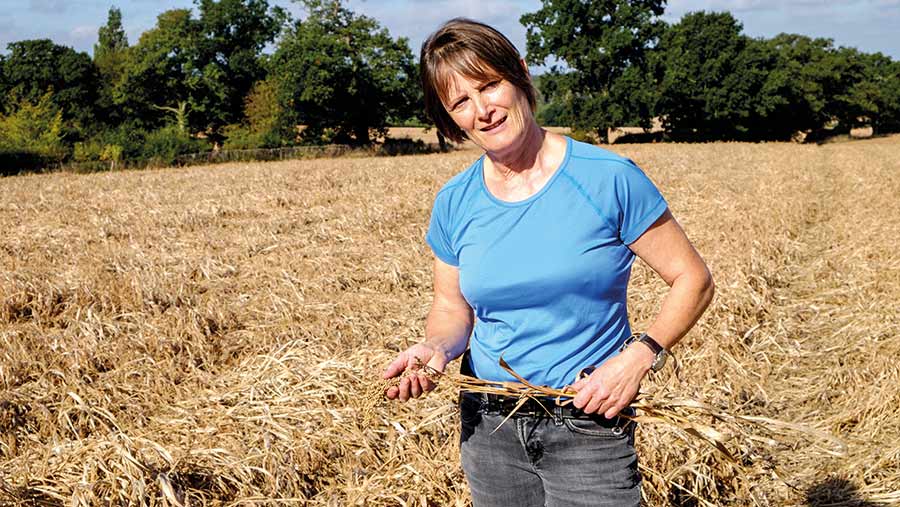Farmer Focus: Power lines often lower than they should be
 Christy Willett © Jason Bye
Christy Willett © Jason Bye My good friend, Jim Pearce, who supplies us with top hay for our horse liveries, took the view that fertiliser was far too expensive this year and did not apply any to his grassland.
His silage pit is not as full as he would like, and the hay shed will not be bursting at the seams. However, I don’t think he was wrong.
We too reduced our fertiliser use on crops greatly and, in view of the meagre amounts of rain we have had this spring and summer, I think it would have been complete folly to ladle the usual amounts on.
We will soon find out what the yields and proteins of our wheats are because everything is ripening rapidly now. We will never know what the optimum fertiliser amount should have been. It is most certainly an inexact science.
See also: Analysis: Which wheat varieties to consider for harvest 2023
We hosted an NFU safety day recently and were given a presentation from UK Power Networks, which featured some hard-hitting videos of the consequences of contacting overhead power lines.
Every year people are killed or seriously injured when they or their machinery encounter high-voltage electricity.
Obviously, it is vital that we know the height of our machines. Our combine with the tank lids open is 4.6m high, and the power lines should be at least 5.2m high. So there should be no problem there.
But here is the shocking truth though – they are often lower than they should be, and the onus is on us to check the height. You can buy an expensive gadget for this or recall your school trigonometry and make a device for measuring angles.
If you find some low lines, good luck with getting your network operator to raise them without trashing your crops.
We must put up with the irritation of lines across our land, receive a pittance in the way of wayleaves, and then do all the donkey work to make sure the lines are in safe condition. UKPN admitted that they only check lines themselves once every eight years. It doesn’t seem fair to me.


